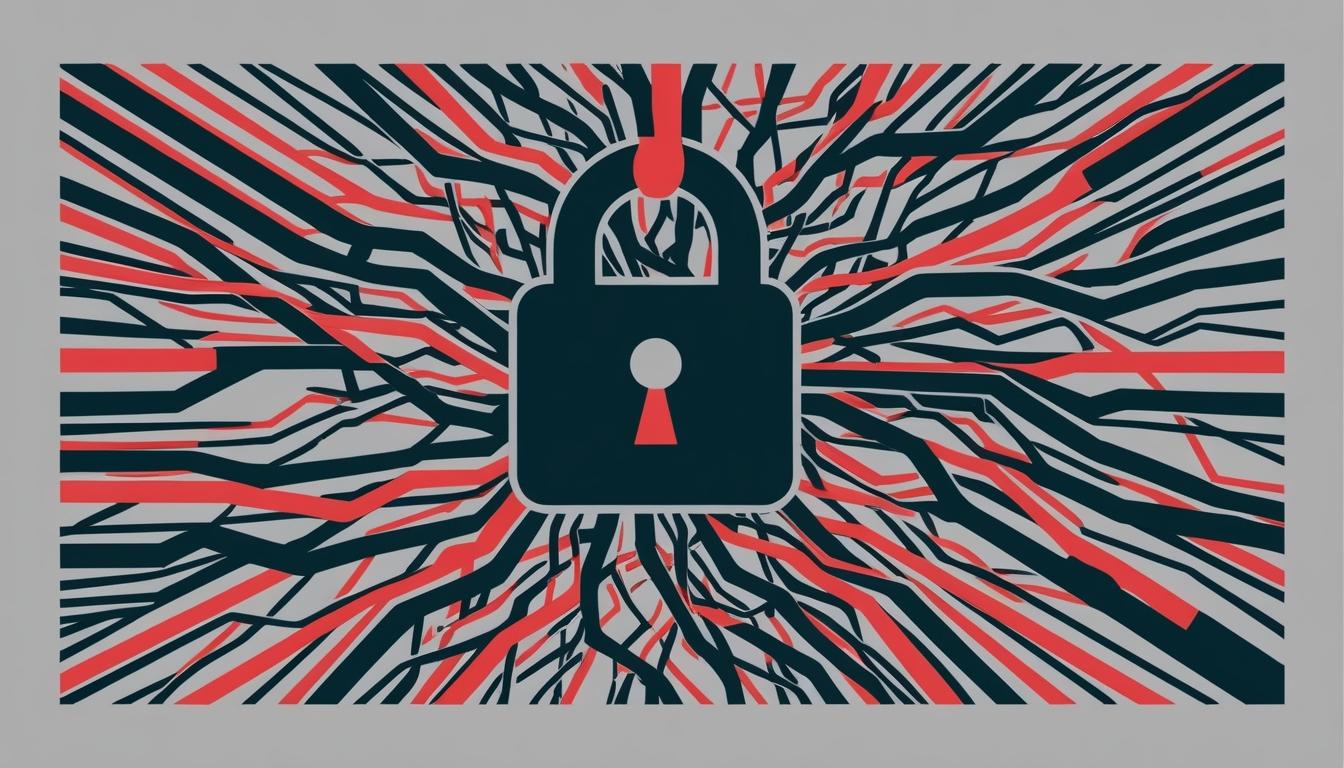In a rapidly evolving technological landscape, the importance of comprehensive security resilience is becoming increasingly critical for businesses as they adopt more integrated and automated solutions. The discourse surrounding this paradigm shift underscores a collaborative dynamic where both software manufacturers and end-users bear responsibility for cybersecurity outcomes, as highlighted in an article from Technowize Magazine.
Cybersecurity responsibilities are shifting from merely resting with end-users to a more collective approach where software manufacturers are tasked with embedding security into the very core of their product design and development processes. This holistic strategy necessitates considering information technology (IT) and operational technology (OT) systems together, aiming to create a robust foundation for secure development lifecycles.
Minimising attack surfaces is cited as a fundamental aspect of both secure-by-design and secure-by-default principles. This entails integrating security features directly into products—such as secure boot, certificate authorities, and event logging—while providing guidance for secure deployment and system hardening. Techniques like threat modelling, asset inventories, and risk assessments are essential in fostering a secure environment.
Establishing effective procurement cycles is another key factor in subsequent success. Integrating security checks from the outset—utilizing tools like software bills of materials (SBOMs) and evaluating vendor vulnerability disclosure policies—can help ensure that organisations continuously maintain their security posture throughout the lifecycle of their deployed solutions. Although implementing such mature programs may take time and require buy-in from various stakeholders, many organisations are beginning by applying strict security standards to new acquisitions and later expanding those standards to existing systems.
The move towards a secure-by-default expectation is becoming increasingly prevalent, particularly concerning critical software and hardware components. Features such as single sign-on (SSO), multi-factor authentication (MFA), data encryption, and support for Trusted Platform Module (TPM) are now seen as differentiators in safeguarding sensitive systems. Nevertheless, addressing legacy devices presents unique challenges, as they may lack the processing capability or compatible hardware required for modern security measures.
Building organisation-wide resilience demands collaboration among all stakeholders, with timelines for achieving such goals varying significantly based on factors like organisational size, complexity, and maturity in security practices. Adequate resource allocation, a commitment to a security-first culture, and cross-functional collaboration are crucial elements in effectively managing cyber threats.
The discussion emphasises the necessity for radical transparency and accountability from software manufacturers and users alike. Manufacturers must be honest about their products' construction, including disclosures regarding third-party components, while customers are encouraged to hold vendors accountable for their security standards. Implementing safe harbour policies could facilitate constructive dialogue and prioritise security over liability concerns.
User empowerment also plays a vital role in simplifying security processes without sacrificing effectiveness. Systems should be designed with user-friendly interfaces that prioritise clear navigation and intuitive experiences. Adopting standardized protocols that ensure compatibility with general monitoring tools can simplify integration and ongoing security oversight.
The broader industry trend indicates a recognition among vendors about the necessity of embracing a security-first paradigm, despite potential initial resistance, especially when concerning legacy systems. As organisations increasingly demand security-focused procurement requirements, vendors will need to adapt their practices to remain competitive.
The collective approach to product security reinforces the notion that both vendors and operators share responsibility in maintaining robust security measures. Operators have a critical function in implementing vendor-provided patches and configuring security settings appropriately. Furthermore, vendors are encouraged to provide SBOMs to assist operators in managing risks effectively.
Implementing the secure-by-design and secure-by-default principles requires overcoming potential resistance to change. Some vendors may hesitate to retrofit existing products, but the advancing threat landscape highlights the necessity of proactive cybersecurity measures. Additionally, operators should be educated on the significance of modern security practices to protect vital infrastructures.
Organisations are urged to establish governance frameworks that define accountability and transparency measures, cultivating a culture of trust within their cybersecurity practices. This comprehensive approach, supported by frameworks like the MITRE System of Trust, allows for enhanced assessment of trust attributes, aligning customer expectations with delivery standards.
Continuous monitoring and improvement efforts are essential to remain agile in the face of evolving threats. Regular security training, adherence to regulatory guidelines, and proactive engagement with policy changes are critical catalysts for fostering a security-first environment.
In conclusion, the integration of secure-by-design and secure-by-default principles into the product development lifecycle is becoming increasingly necessary. By fostering collaboration between software manufacturers and end-users and embracing transparency and accountability, organisations can enhance their cyber defences against persistent threats, establishing a new standard where security is an integral priority rather than an afterthought.
Source: Noah Wire Services
